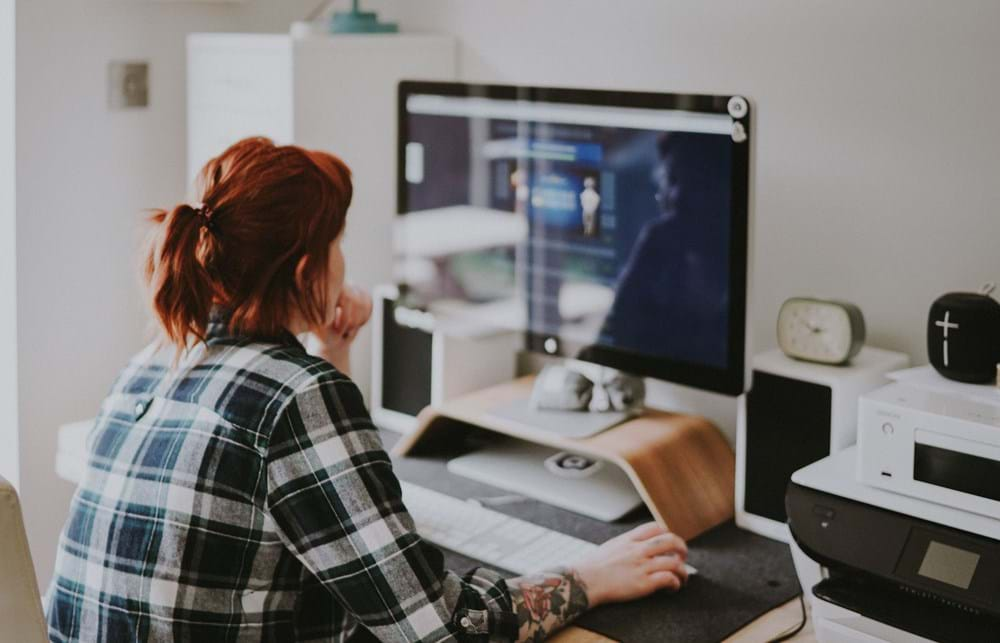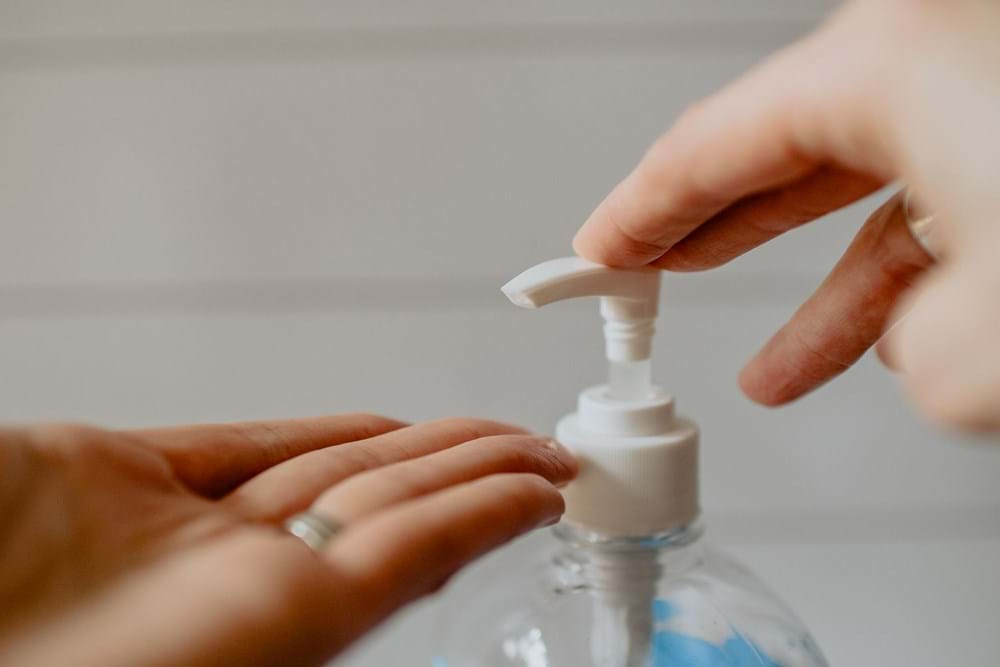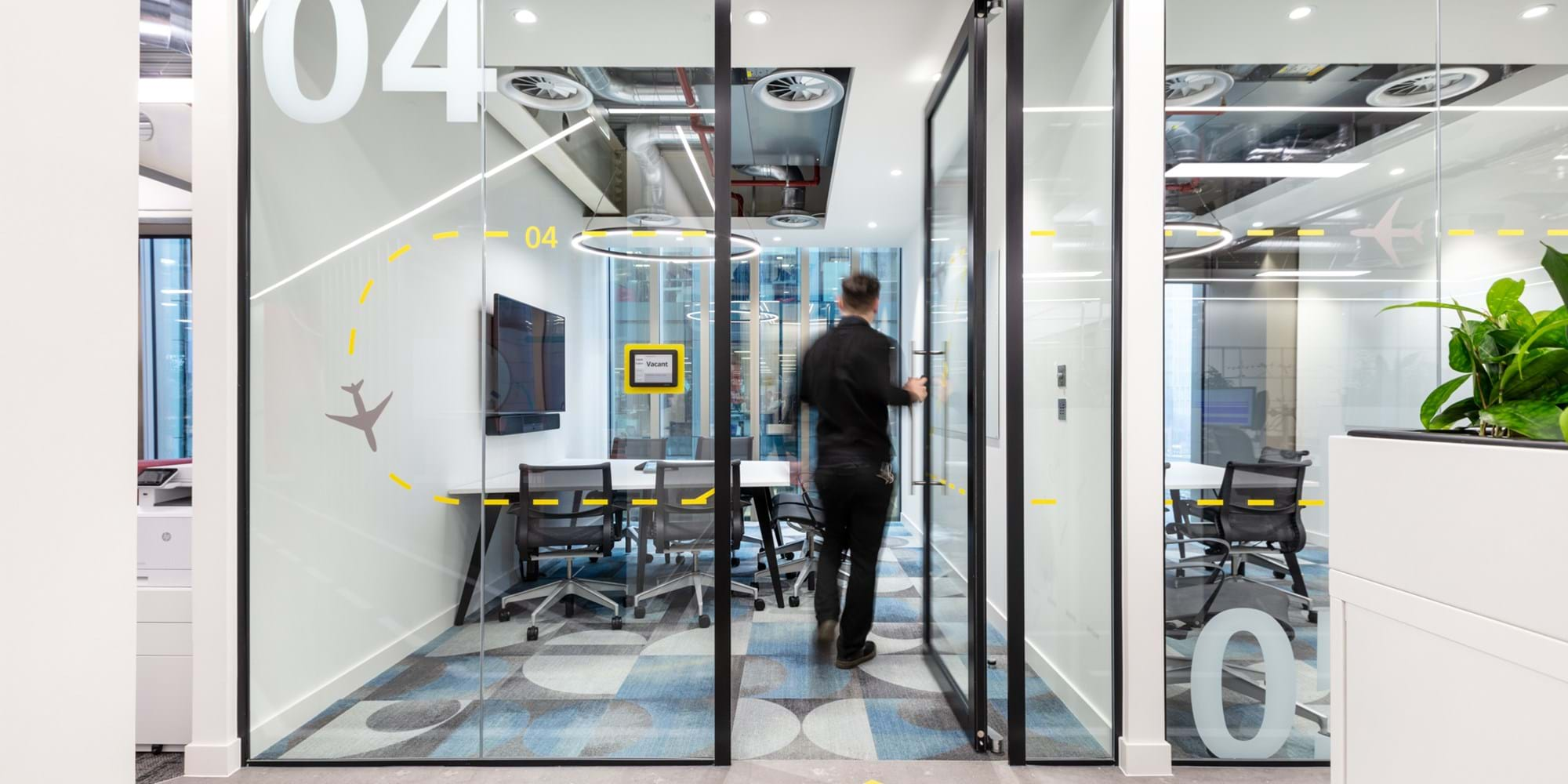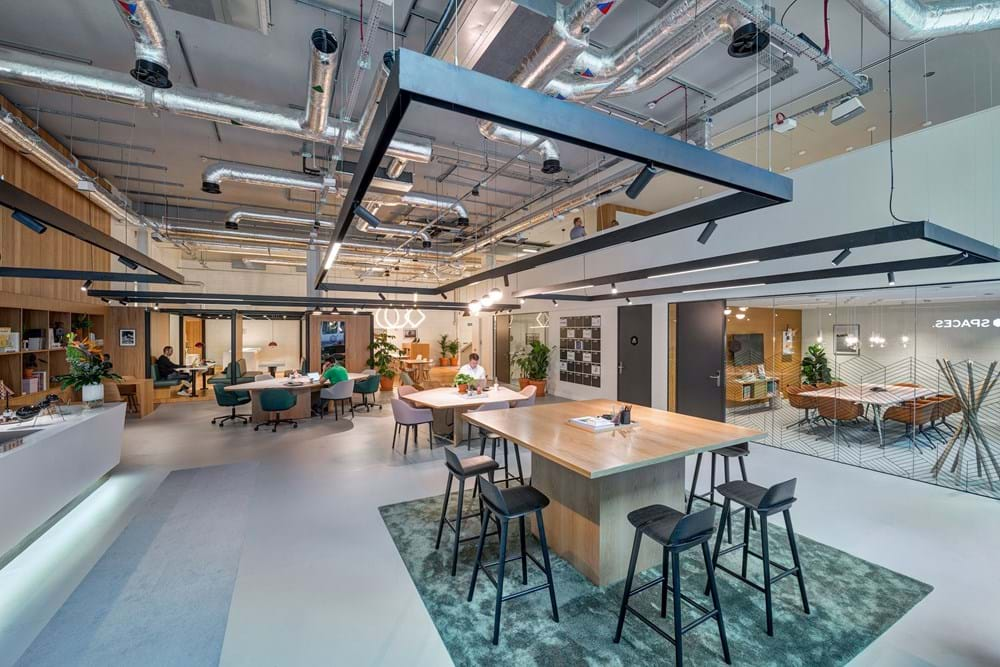10 Expert Tips for Returning to the Workplace
With the recent announcements that lockdown restrictions are slowly easing, businesses must adhere to government-led COVID-19 guidelines to facilitate a safe return to work. This includes keeping social distancing in place and ensuring hygiene precautions are fully implemented in offices and workspaces.
With a plethora of information available, its hard to know where to start. To help with your workplace return, here are 10 tips from our Director of Workplace Strategy Leeson Medhurst.

Be flexible
It’s important to give employees choice during this time. Don’t put pressure on them to return to the office: lead with a digital first policy and empower your team to make their own choices.
Whether your employees want to work at home or in the office, you can help by setting up their environments accordingly. For home workers, make sure the necessary IT solutions are set up and the appropriate furniture is installed (e.g. ergonomic chairs or standing desks). In the office, consider dedicating areas to private online chats so the teams can communicate effectively. This will help to keep disparate teams engaged and ensure productivity remains high.
Conduct a risk assessment
According to the government guidelines, a risk assessment must be conducted for all business of five or more people. The risk assessment is used to identify the control measures that should be in place to protect employees and others from the risk of coronavirus infection. The government also recommends the results of the assessment should be accessible online for all business of more than 50 employees.

Execute a plan and request employee feedback
In order to successfully return to the workplace and build towards a long-term goal, businesses must be pragmatic in their approach. A good plan of action is to outline a strategy, create and execute a tactical plan, and measure the results with employee surveys. The results you see will help to shape your future office setup by adding evidence to what works and what doesn’t. This means you can make informed decisions when assembling your future workspace and developing your working practices.
Reconfigure your office
Face masks or not, we must be encouraged to keep our distance. Where possible, workspaces should be reconfigured to allow at least two metres between employees. To facilitate the social distancing measures, consider removing some furniture, spread out desks and seating, and encourage people to collaborate virtually where possible
Rotate employees
According the 2019 BCO specification guidelines, their recommendation of planning to 1:10m² would allow a 10,000sqft space to accommodate around 100 people. On today’s advice, that same space will house 50 employees.
With office occupancy shrinking by around 50%, a shift system will need to be considered. This will help to control how many employees your space can safely accommodate at one time.
To determine who needs to be in the office, start by rolling out individual assessments. The criteria may include job function, transportation risks, health and age, wellbeing and facilities at home. Additionally, ask whether your employees want to return to the office. Some might be more cautious than others, so it’s always good to check on how they are feeling about the return.
Click here to access our ready-made, downloadable staff survey.

Communicate
A robust and clear communication plan will need to be observed and adhered to. Start by sharing information on strategy and plans for the company moving forward. Then, when you’re returning, be transparent on who has to be in the office and for what purpose.
From a health and safety perspective, be clear on what measures the business has taken to ensure the employees’ safety and wellbeing whilst in the workplace. Share information on ‘rules for engagement’ on the new office.
As a reminder of the rules of engagement, implement visual cues and posters on distance, hygiene and directional flows. The UK Government and the NHS recently created a number of helpful print-ready posters, and these are available via our COVID-19 Resource Centre here.

Introduce a robust hygiene and cleaning process
Steps need to be taken to ensure additional hygiene practices become common place in the office. To reduce the spread of infection, consider the following:
- Ramp up the cleaning schedule – Your employees’ safety is a priority, and fear will quickly creep in if employers are not seen to have a clear, thorough and professional cleaning policy.
- Improve sanitation – Introduce hand sanitising stations around the office. These are inexpensive and will be essential in combating the spread of infection.
- Start deep cleaning – Regularly disinfect shared areas and high traffic zones. Bathrooms, desks and chairs, and any other busy areas will need frequent cleaning throughout the day.
- Ensure individuals are cleaning their desks – Before and after use, make sure employees are being diligent by keeping their workstations clean. A clear-desk policy will help employees to keep on top of this.
At a time when we’re still vulnerable, it’s crucial that hygiene is a priority. This may even help you to improve hygiene beyond the re-entry stage and reduce the number of employees taking sick leave.

Limit sharing
To avoid the spread of infection, it is best to limit staff sharing equipment. For example, headsets for online chats, work phones and even pens should not be shared. Sharing crockery and utensils should also be kept to a minimum and cleaned regularly. You can remind your employees about this by creating makeshift posters and distributing them around the office.
Decommission high-risk areas
Observing social distancing will require the de-commissioning of high-risk areas in the office space. Steps must be followed to adapt your space to reduce the spread of infection and help to combat further outbreaks.
For optimum safety, consider decommissioning shared use working facilities like hot desks and agile areas. The same goes for fridges, vending machines, and tea and coffee points. As a compromise, you may wish to introduce additional smaller tea and coffee points, as this will help to reduce congestion while keeping employees happy. In larger open plan spaces, one-way traffic systems should also be introduced.

Engage with your landlord
The landlord will have a duty of care to ensure shared spaces are protected and best practices are observed. Maintain clear lines of communication with them to ensure this is the case.
For example, you should ask your landlords what happens at the building entrance and in the lifts. How will they manage the congestion? Will there be long queues?
You should also ask about air extract and ventilation. These will need to be maintained to the highest level and in some cases replaced to combat the spread of infection.
Thank you for reading
Ultimately, we need to make sure people feel safe in the workplace when they return. To do this, we must adhere to government guidelines, think strategically and execute a robust plan. Don’t forget to measure the results as well, as this will help you plan for the future operations. By doings things right at this stage, you stand a better chance of seeing your business flourish in the long term.
Do you need help with your return to work?
If you need help with returning to your workplace, then Modus is on hand to help. In addition to our newly created COVID-19 Resource Centre, we provide strategic advice and can assist with the transition as well. From workplace consultancy to office space planning and furniture management, we offer a full range of services to make your return to work as seamless as possible.
To arrange a consultation with one of our workplace strategists, please call 020 7963 1999 or email info@modusgroup.com

